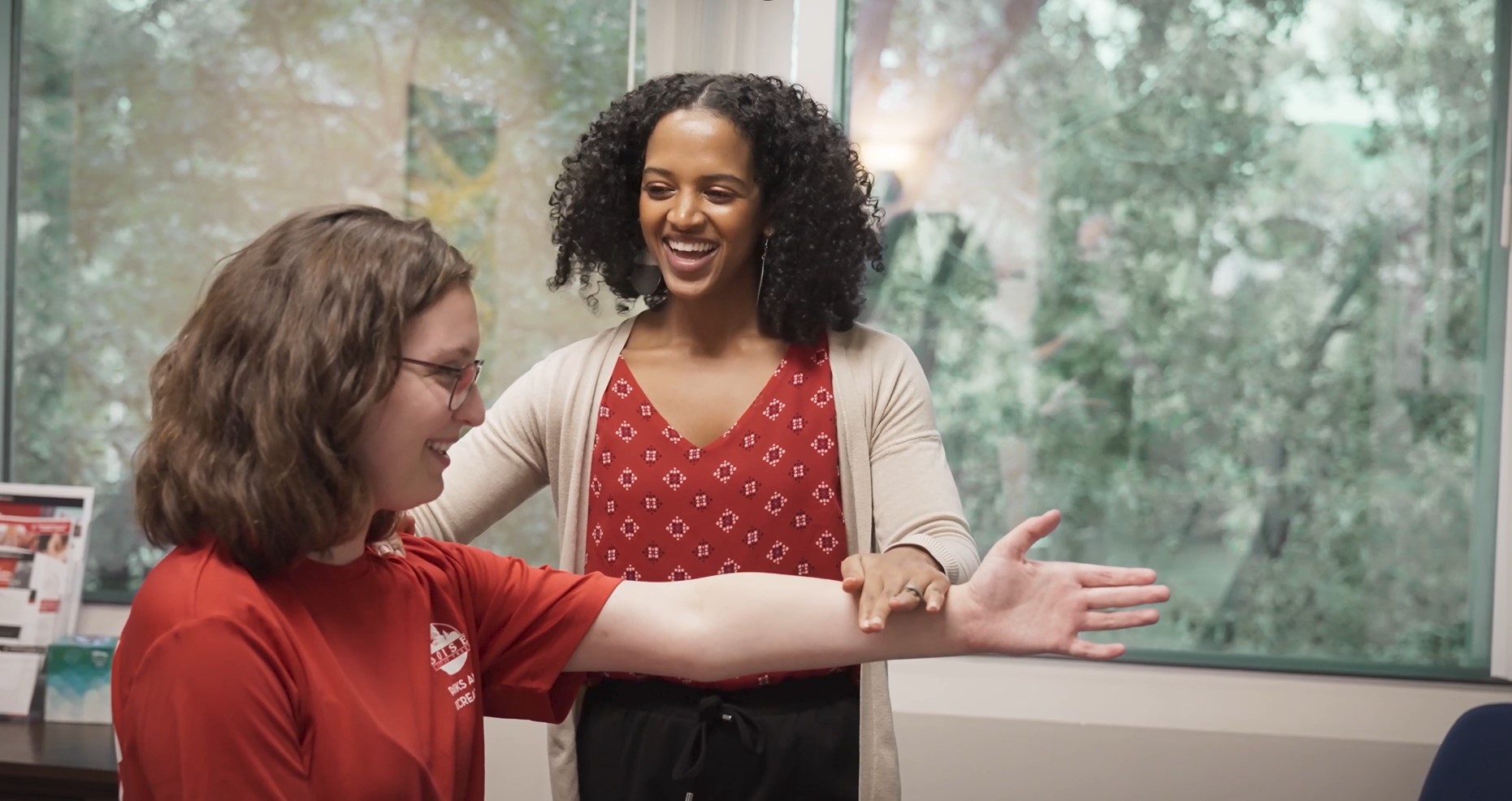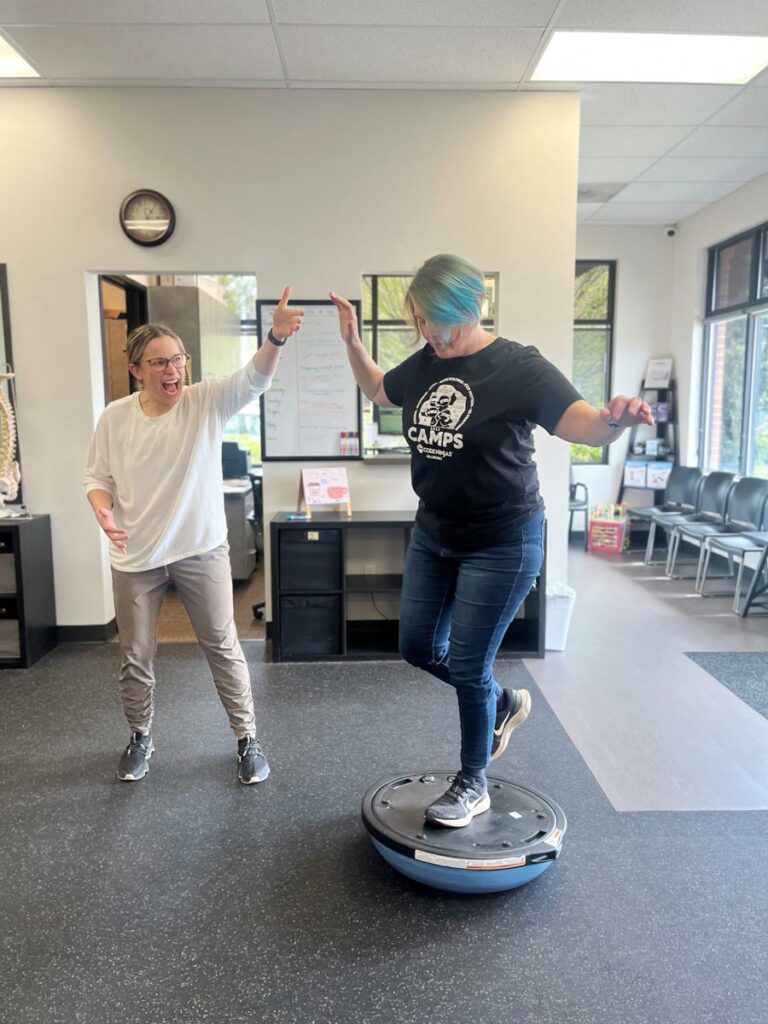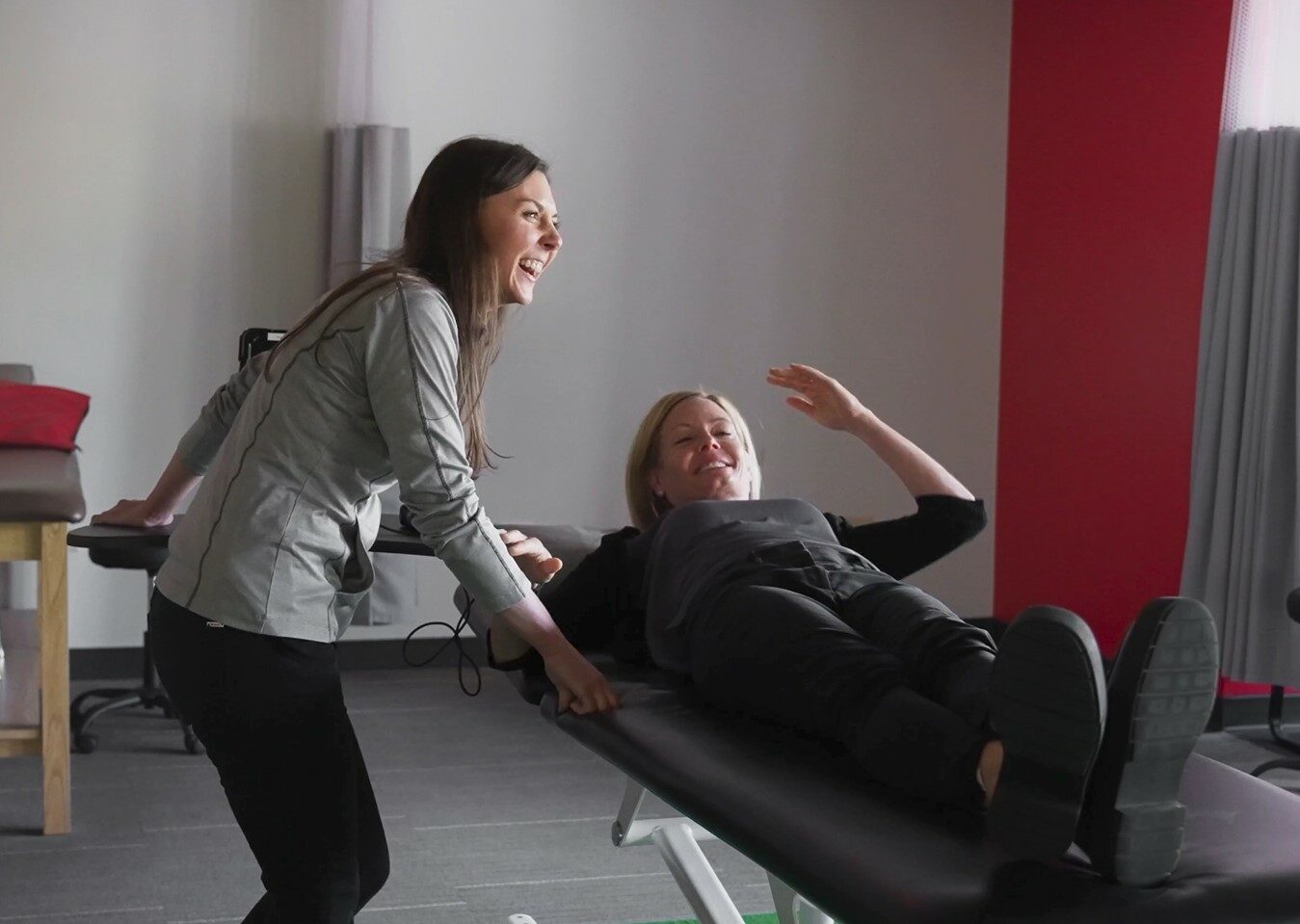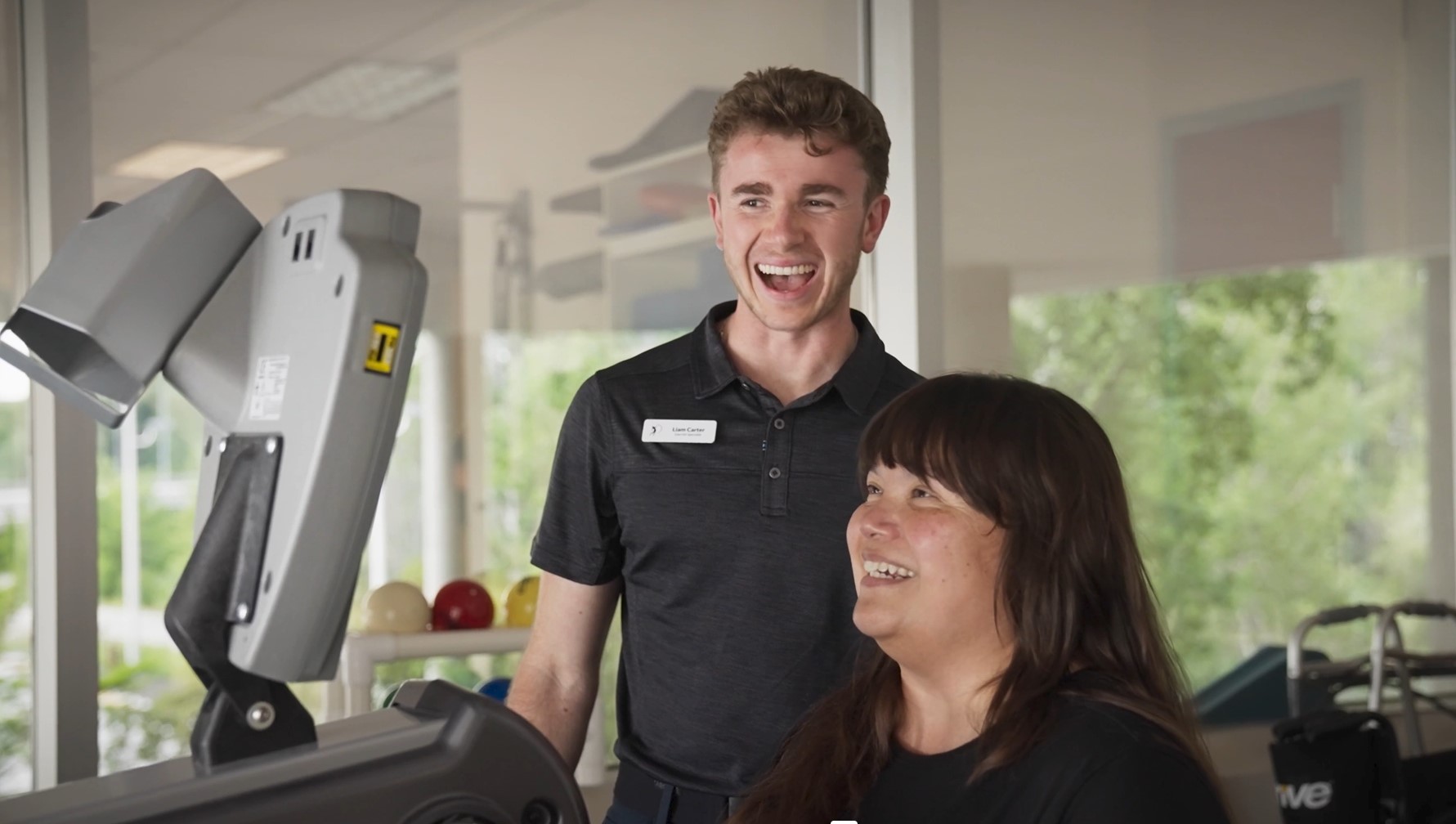In my time in the profession, I have heard physical therapy referred to as many things: pain and torture, “something my physician made me do,” boring, or even a strange form of boot camp for weekend warriors. Although I understand that each experience in physical therapy is unique, I can’t help but think that these individuals missed something along the way. The great thing about physical therapy is it never takes the same form twice. Like a snowflake, each case is similar but distinctly unique.
Ideally, its design and implementation couple with each patient’s lifestyle and goals. This means that if you are willing and open to the process, you will experience an entirely different physical therapy episode than you may be used to. I hope to convince you by the end of this blog, that the sky is the limit when it comes to making the experience meaningful to the patient, enjoyable at the time, and effective in its outcomes.

There are many reasons why an individual may have a negative experience with physical therapy. These may include finding a therapist who isn’t compatible with their goals, poor communication throughout the therapy process, fear of increasing their pain or having a poor experience in the past where their needs weren’t met. All these reasons act as a barrier to a patient’s improvement in therapy, and worse yet, make it an unpleasant experience regardless of the outcome.

In contrast, a perfect episode of physical therapy would include a clear plan and expectations for therapy, be customized to each patient’s lifestyle and beliefs, and would be engaging and open to dialogue between therapist and patient, to craft a program that could be used for years to come if needed.
We wish to do more than give you exercises for the next few weeks or months of your life but prepare you for a lifetime of health, fitness, and engagement with your hobbies.

If you want an experience like I am describing above, look for the following six characteristics when searching for a physical therapist and even utilize these discussion points once you have found one who compliments your lifestyle goals:
1. Be clear in setting goals early. The more precise your goals in therapy, the more your therapist can plan and create an environment to help you succeed. If you state you do not want any pain anymore, that leaves a lot of information on the table. However, if you state that you really wish to return to pickleball with minimal to no pain, you give the artist a canvas to work on. Now you can expect more precise information on when you can get back to pickleball, the best way to return to sport without setbacks, and some fun drills to prepare you along the way.

2. Point out what equipment you have available. We often must create home programs that include the bare minimum of resources, but it can be so much more fun if we know we have more materials at our disposal. I don’t just mean weights, cardio equipment, or yoga mats either. You would be surprised what a headlamp, laser pointer, tennis ball, and dog toy could accomplish. If you have ever seen MacGyver, then you know what I mean…

3. Don’t be afraid to open up. In our clinic, you will often hear snippets of conversation where both patients and therapist alike are sharing their interests and hobbies with one another. That’s right, therapists can have hobbies too. If we know you like to play darts, for instance, we can and have in the past included darts as a distraction tool while working on your balance. I bet you didn’t know that even Spikeball can be therapeutic!
4. Feel free to speak with your neighbors. When you come in these doors, you will find yourself around others in similar situations. Sometimes varying injuries from the same activity, or sometimes the same exact injury at a different stage of recovery. I can remember countless examples of patients encouraging each other without even knowing each other’s names. In the dark periods of recovery, a kind word of encouragement can be special in keeping you motivated and mentally healthy.
5. Customize it! If you haven’t caught on yet, physical therapy can be just about anything you want. It can be quiet and thoughtful, or vibrant with music. It can be on the court to let you feel like you are still close to your beloved sport, or it can be outside in the sun. Remember, this is YOUR program, and it can and should complement your style.

6. Invite others along the way with you. I smile to think of all the times a patient has told me that they had their whole family doing exercises with them. Some may think that PT is secretive and just a business ploy to get people through our doors. The truth is, we want this information out in the world so others can benefit and stay healthy. We stay in business not because we hoard information from the masses, but instead because we love to take care of those who have graciously given us their trust and have had positive outcomes in the past.
All these examples are not meant to be an impossible laundry list that you could only hope to find. I will boldly state these are the base expectations for every episode of PT that my colleagues and I conduct. It is our mission to educate you, equip you, and help you have some fun along the way if possible.
I can’t help but remember a former patient who perfectly personified this exact experience. She came to therapy with low expectations, as her previous experience with PT was fraught with boring exercises, a clinician who seemed disinterested, and a lack of direction on how she was supposed to get better. Her first statement to me on day one was, “I don’t really want to be here, as I don’t think it will help.”
Just a few weeks later, we were sharing dog stories, criticizing each other about our choices in football teams, discussing with other members of the clinic if hot dogs are technically sandwiches, and dare I say, she was taunting me as we dueled in a game of balance darts. At the end of care, she stated that she never knew PT could be so helpful while still making her look forward to the process along the way. This is why myself and so many of my colleagues at TAI show up for the job. We love to help others, and we love to have fun along the way.
In conclusion, I hope this message accomplishes one thing … to get the message out that PT stands for Physical Therapy and not Pain and Torture! Okay, maybe I hope this article actually gives hope to those that PT has not served to the utmost in the past. Furthermore, I hope this will be the push to those still nursing injuries that are limiting their activities, livelihoods, and enjoyment to seek help. I want to encourage anyone reading, that if you are willing to step outside of your comfort zone, we will not abuse your trust. With clear expectations, communication along the way, and a little creativity sprinkled in, you can and will get healthy again.
Maybe, just maybe, you will have some fun along the way as well.




Start your physical therapy journey today.
As physical therapists, we know the importance of movement for overall health and well-being. From injury recovery to achieving optimal performance, our passion is to help every patient reach their goals and live an active, pain-free life. Get started with PT today!

